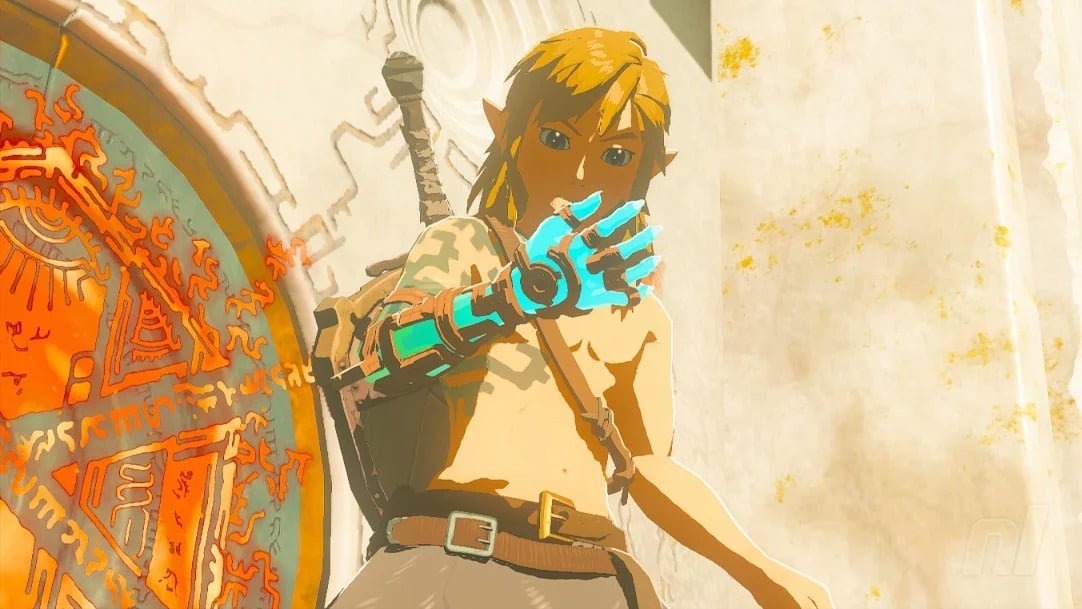There’s little denying that the release of Breath of the Wild in 2017 marks the beginning of a brand-new era for The Legend of Zelda franchise. After more than a decade of 3D entries that strictly adhere to the formula established by 1998’s Ocarina of Time, Breath of the Wild bravely charts new territory for the franchise by looking to its past for inspiration. Not since the first game in the series have players had the kind of freedom present in the 2017 modern classic, making Breath of the Wild the closest approximation to a modern-day remake or reimagining of the original Legend of Zelda for NES. And, with its follow-up continuing much of the formula that BotW establishes, all eyes are on the eventual Tears of the Kingdom sequel.
Tears of the Kingdom only expands on the incredible sandbox of its predecessor in ways that completely revolutionize how players can approach their open-world adventure. The crafting abilities afforded by Link’s new Ultrahand upgrade and the Fusion system merge The Legend of Zelda with the kind of limitless creativity and freedom of games like Minecraft, and it’s safe to say that the series likely won’t turn back. That said, the changes that Tears of the Kingdom makes over Breath of the Wild give hope to those who have a fondness for “classic” Zelda, and the next game in the series could go even further by taking the following mechanics into consideration in its design.
Permanent Weapons and Upgrades
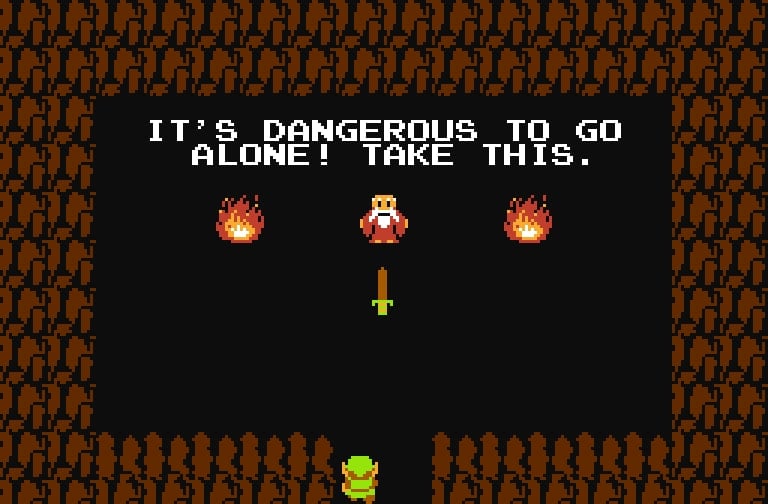
One of the more controversial changes that Breath of the Wild makes over the “classic” Zelda formula is the introduction of breakable weapons. While previous games have Link earn permanent items and equipment that gradually improve his ability to navigate their worlds, both Breath of the Wild and Tears of the Kingdom see the hero continually switching out weapons and shields as they have limits to their durability. The Fusion system of Tears of the Kingdom somewhat alleviates the tedium of constantly switching weapons, but nowhere near the extent of permanent equipment upgrades.
The next game in The Legend of Zelda should arguably see a return to the permanent items and upgrades of the series’ past. Armor and clothing are permanent and unbreakable in both BotW and TotK, and there’s no reason why the next game in the series couldn’t see this same permanence extend to Link’s armaments. Further, the addition of permanent items allows for players to become more familiar with how certain equipment handles, giving the developers more freedom to greatly expand the combat and encounter design in the next game in the series — something that has been needed for decades.
Classic Dungeons, and More of Them
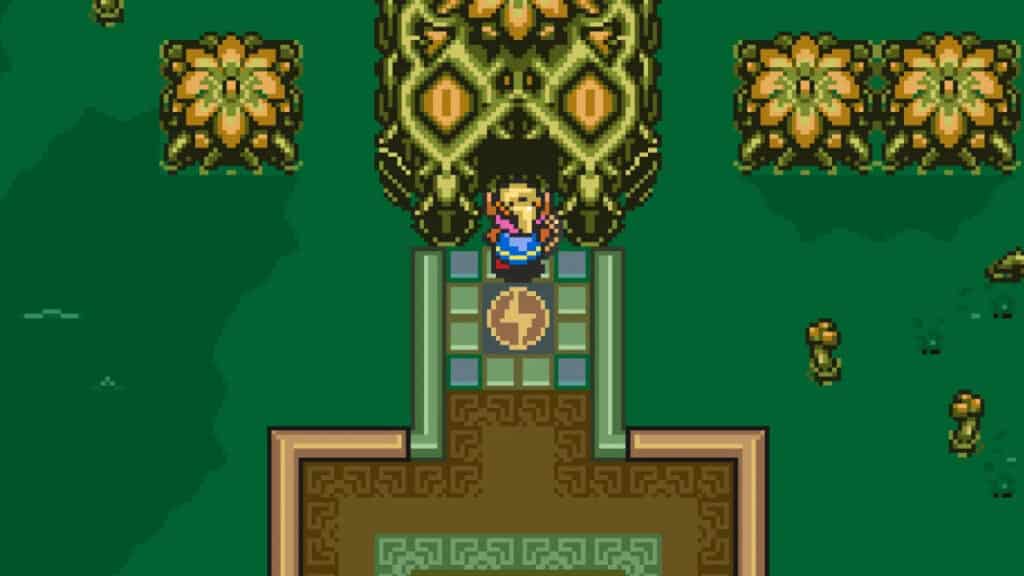
One of the biggest complaints longtime Zelda fans have against the radically different Breath of the Wild is its abandoning of the series’ classic dungeons in favor of featuring 120 Shrines that act as “mini” dungeons or bite-size dungeon-esque challenges. Tears of the Kingdom somewhat rectifies this complaint by featuring genuine dungeon experiences in the form of the Temples, but these are too few in comparison to the “classic” games in the Zelda series. The Tears of the Kingdom sequel needs to go all-in on its inclusion of dungeons.
Not only do there need to be more dungeons, these dungeons should also include a significant step-up from the challenges present in exploring the game’s open world. This means the inclusion of more bosses and unique boss encounters, one of the traditional highlights of the Zelda series. Additionally, the inclusion of more dungeons opens up the ability for the game to have greater rewards present as the treasure Link earns for completing each of these challenges, tying into the desire from fans for meaningful and permanent equipment and upgrades in the next Zelda game.
Additional Traversal Options Unlocking More of Hyrule
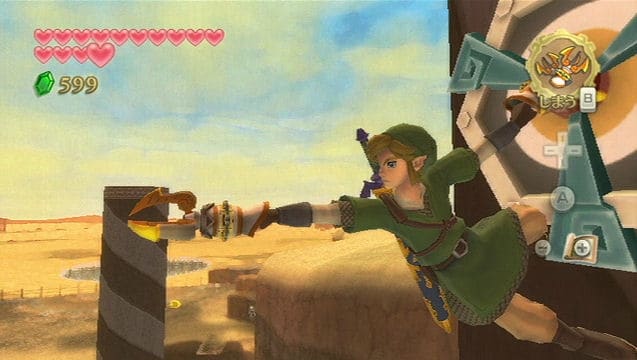
In both Breath of the Wild and this year’s Tears of the Kingdom, Link essentially has all of the abilities in his suite available to him from the outset of each game’s adventure. Part of the fun inherent in the “classic” Legend of Zelda games was finding new pieces of equipment that either help unlock new areas of Hyrule for Link to explore or change the way that he’s able to traverse the environment. The next game in the Zelda series should see a return to this model, effectively bringing back the Metroidvania aspects of the series that have existed as part of it since its beginning.
There’s no way that the Tears of the Kingdom sequel doesn’t feature some sort of crafting ability similar to Ultrahand, just as it’s likely that Link will be able to swim, climb, and hangglide throughout the entire adventure. That said, the re-introduction of classic items like the Hookshot/Clawshot or Power Wrist/Gauntlets could see the developers able to implement some clever traversal challenges, even blocking off sections of the map that are otherwise inaccessible without these valuable items. In turn, having these sections of the map unreachable would give players a goal to aspire to that drives the direction and pacing of their adventure.
Light and Dark Worlds
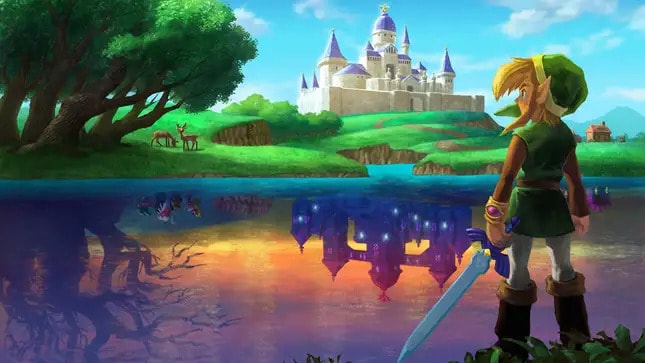
One feature that only appears in a handful of Zelda games and needs to make a return to the series is the existence of parallel worlds that share the same basic structure. A Link to the Past has its Light World and Dark World, A Link Between Worlds has Hyrule and its parallel Lorule, and even Ocarina of Time has the Child Link era of Hyrule and the Adult Link era after Ganondorf seizes the Triforce. Having parallel, mirror versions of the map of Hyrule is a great way to toy with player expectation and familiarity, and Tears of the Kingdom somewhat takes a step in this very direction.
One of Tears of the Kingdom‘s most interesting additions over Breath of the Wild is its inclusion of the Depths, an underground network of caverns and caves beneath Hyrule that operate using their own rules and feature a whole new set of challenges for Link to overcome. The “mirror world” concept is not new to The Legend of Zelda, and the next game in the series should see a return to the motif that goes one step further than what players get to experience in Tears of the Kingdom‘s Depths.
Incorporation of Music Into Gameplay
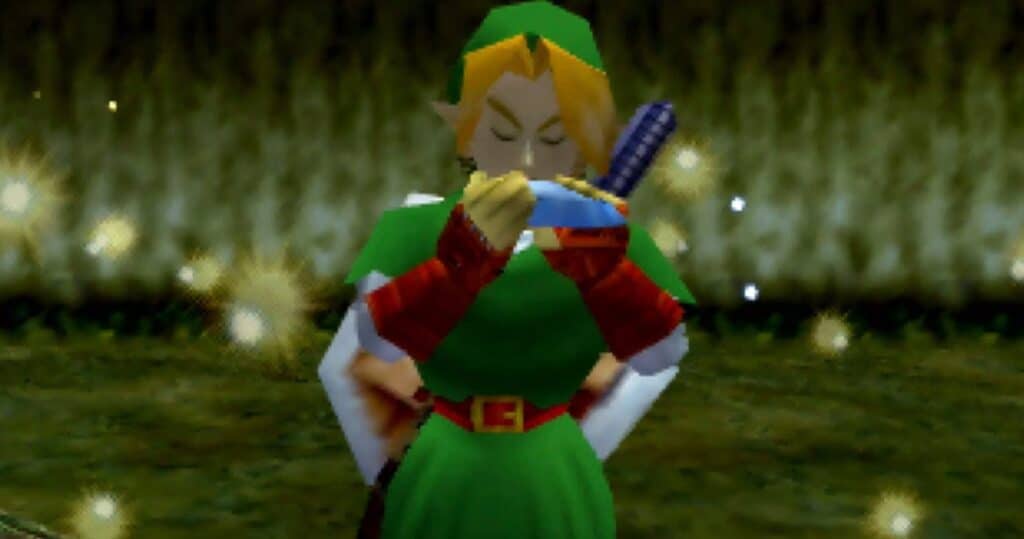
A Tears of the Kingdom sequel is an absolute guarantee, even without official confirmation from Nintendo, and series mastermind Eiji Aonuma himself is on record saying fans should expect the “open world” Zelda formula to continue. Even if that’s the case, it’s been far too long since a game in The Legend of Zelda series has used music in any meaningful way to influence gameplay. Not since 2011’s Skyward Sword and 2013’s A Link Between Worlds have players been able to play a musical instrument in the world of a Zelda game and see it have a significant impact on Link’s surroundings, or even incorporate into the gameplay in a meaningful way.
Looking back at how important music and music instruments are to the Zelda series (dating all the way back to the use of the Flute in the very first game in the series), it’s high time that the art form makes a return to the franchise. Flutes of various forms have multiple appearances across the Zelda franchise (including the infamous Ocarina) and drums and harps make repeat appearances as well. Link is clearly a multi-instrumentalist at-heart, and the next reincarnation of the Hero of Time should absolutely see those skills put to good use.
